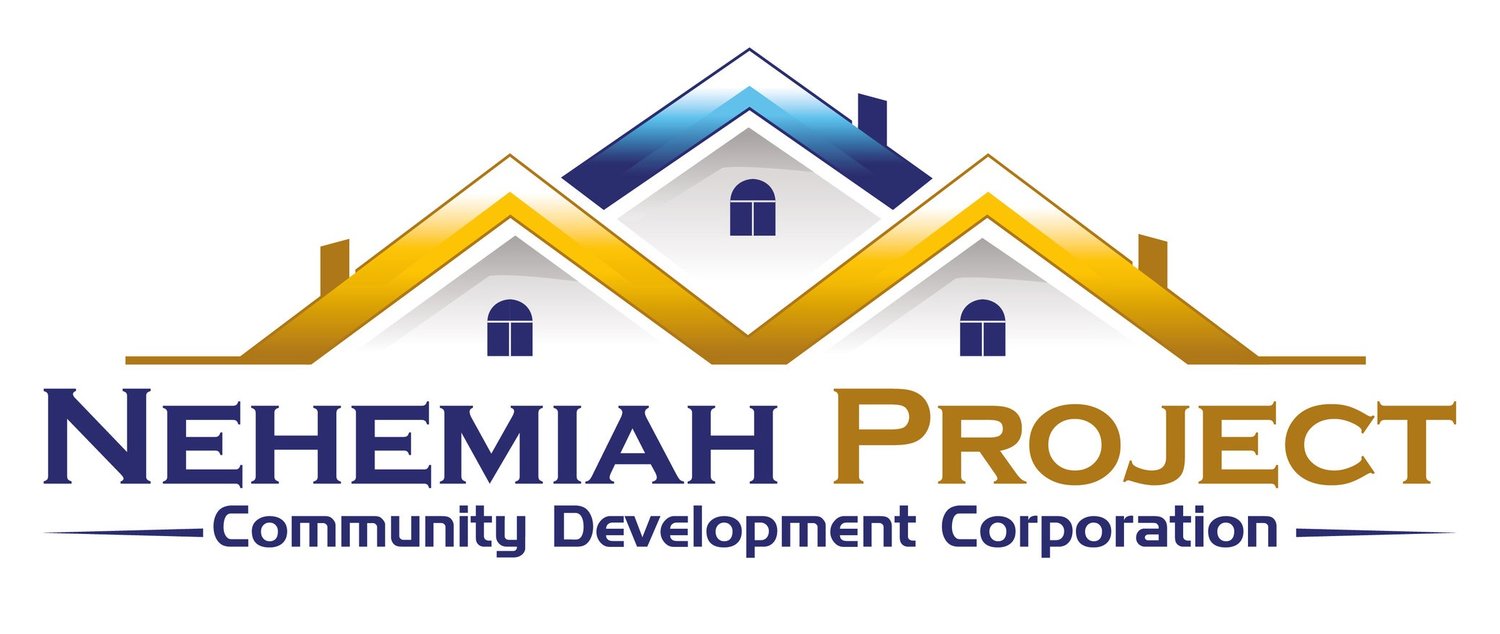Multigenerational Households
A record number of Americans live in multigenerational households today.
Multigenerational living is once again common in America. After being a norm for many generations, then declining as American families scattered, multigenerational households have grown over the past several decades.
The past ten years have seen a remarkably large leap in multigenerational living, from 7 percent of Americans found in our 2011 survey to 26 percent of Americans in 2021. Most of us are likely either residing in a home with three or more generations, or we know someone who is.
Generations United estimates 66.7 million adults ages 18+ in the U.S. are living in a multigenerational household; that’s more than 1 in 4 Americans. Among those living in a multigenerational household, nearly 6 in 10 (57%) say they started or are continuing to live together because of the COVID-19 pandemic and more than 7 in 10 (72%) of those currently living in a multigenerational household plan to continue doing so long-term.
Multigenerational living is here to stay. Therefore, it’s time for America to embrace this phenomenon as commonplace in American life among all socio-economic levels. We must prepare for a multigenerational family future, examining our policies and approaches to home building and design, family support and care, healthcare, communication, business and service-provision, jobs, and more.
Generations United’s Key Recommendations include:
Increase multigenerational housing stock and affordability.
Promote multigenerational living as an environmentally friendly housing option.
Expand access to affordable, high-quality child and adult daycare including co-locating care by developing more intergenerational shared sites.
Expand paid family leave and flexible work environments.
Increase access to home- and community-based services and supports.
Support innovative intergenerational approaches to education at home.
Benefits of Multigenerational Households
The overwhelming majority of Americans living in a multigenerational home (98%) say their household functions successfully, citing various factors that contribute to the success, many of which fall into three categories further delineated in the report: family relationships and interactions, home design and supports and services.
The families also cite many benefits of living together, including:
Enhanced bonds or relationships among family members (79%)
Making it easier to provide for the care needs of one or more family members (79%)
Improved finances for at least one family member (76%)
Positive impacts on personal mental and/or physical health (76%)
Making it possible for at least one family member to continue school or enroll in job training (71%)
Types of Multigenerational Households
Multigenerational Households come in all shapes and sizes. A few common types include:
Three-generation: The most common multigenerational household arrangement consists of three generations – typically one or more working-age adults, one or more of their children (who may also be adults), and either aging parent(s) or grandchildren.
Grandfamilies: There are also growing numbers of grandfamilies – that is, households headed by an older individual or couple who live with grandchildren under age 18. Learn more about Grandfamilies.
Two adult generations: Most two-generation households consist of parent(s) and child(ren) under the ages of 18 to 22. However, this also includes parents moving in with adult children.
Four-generation: Once a rarity except in some lower-income ethnic communities, the four- or even five-generation household – parents, grandparents, great-grandparents, adult children, their children – is more commonplace.
Click here to view the original article: Multigenerational Households
